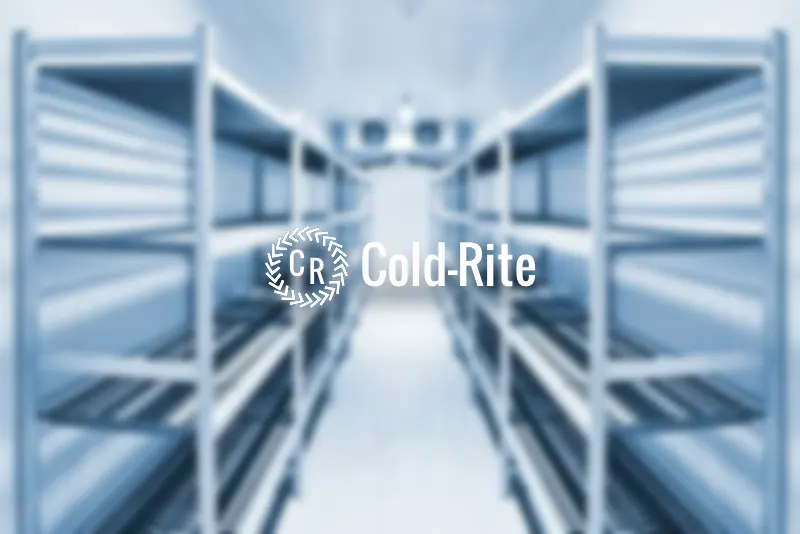Poor Electrical Connections in Commercial Freezer Rooms
At Cold-Rite, we understand that food businesses need to maximise the usage of their cool rooms and walk-in freezers. Many products need to be stored at the perfect temperature to ensure shelf-life and to remain compliant with stringent food safety regulations. We believe that building effective and reliable commercial freezer rooms requires a detailed approach where every component that contributes to the cooling cycle is made with the highest quality materials and technical expertise.
There are many factors which can negatively impact temperature-controlled environments. Whether it is a commercial freezer room, a blast chiller or a humidity-controlled room, quality refrigerator designers are all aware that something as simple as a bad electrical connection can undo all the work put into components and insulation materials.
What are Bad Electrical Connections?
Cold-Rite always recommends getting ahead of potential problems by performing preventative maintenance checks on all equipment regularly. When it comes to electrical connections, keeping a track of temperature changes and fluctuations over a period of time can tell you what’s going on. A sudden, unexplained increase in energy bills will also indicate that something needs to be addressed. While minor changes in temperature over the course of a day are normal, placing a good thermometer or logging the thermostat temperatures can help identify issues before they become serious.
How to Perform a Wiring Check on Your System
When it comes to wiring checks, we recommend starting with a visual inspection of all wiring for frayed, worn out or exposed wires. These should be replaced immediately with quality components to ensure an unbroken electrical connection.
Next, verify that all electrical and ground connections are secure and tighten them if necessary.
Sometimes, it can seem as though the refrigerator is working well, but a slight malfunction of one component can slow the whole system down. Always check the calibration and operation of all fan and defrost controls independently.
Abnormal ice patterns and accumulation is a good indicator that there is a problem in the system. If you have tried defrosting your fridge, ensured that gaskets and seals are unbroken but still experience frost, it might be time to contact a professional cooling expert to check your wiring.
Inspect all plugs and fuses and replace them immediately if damaged. If you find that the power is on, but the control board is unable to display anything, it could be a blown fuse or a transformer that has shorted. Check transformer output voltage to ensure it is correct or consider replacing the control board.
If you notice that the compressor is not running with the power on, it could indicate a tripped compressor relay, a defective contactor or coil, or a compressor malfunction. Consider letting the compressor cool down sufficiently, rule out component failure by replacing electrical parts or check the motor winding mechanism of the compressor.
Quality Refrigerator Designers in Sydney
There are many different things which can go wrong with even the best industrial refrigerators. For this reason, Cold-Rite commercial cool rooms are designed and built-in house under the watchful eye of our quality refrigeration designers before being handed over to our experienced technicians who take personal responsibility of installation, training your staff to operate the unit correctly, and all preventative maintenance requirements. Our reputation is built on providing clients with comprehensive assistance all year around, 24/7. Click here to identify common problems in commercial freezers, or contact us to know about our custom refrigeration designs.



